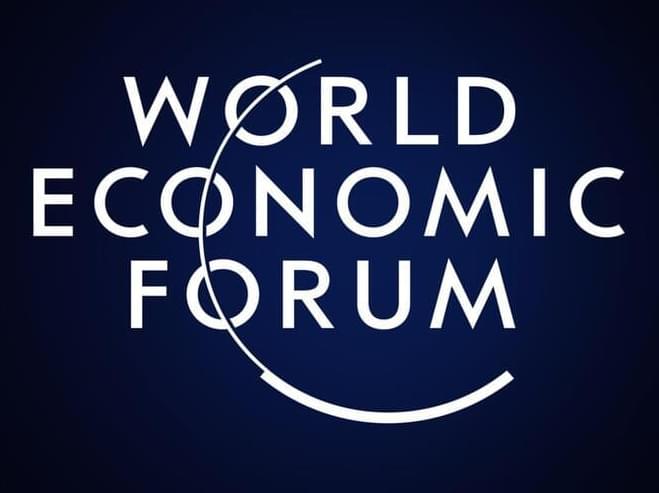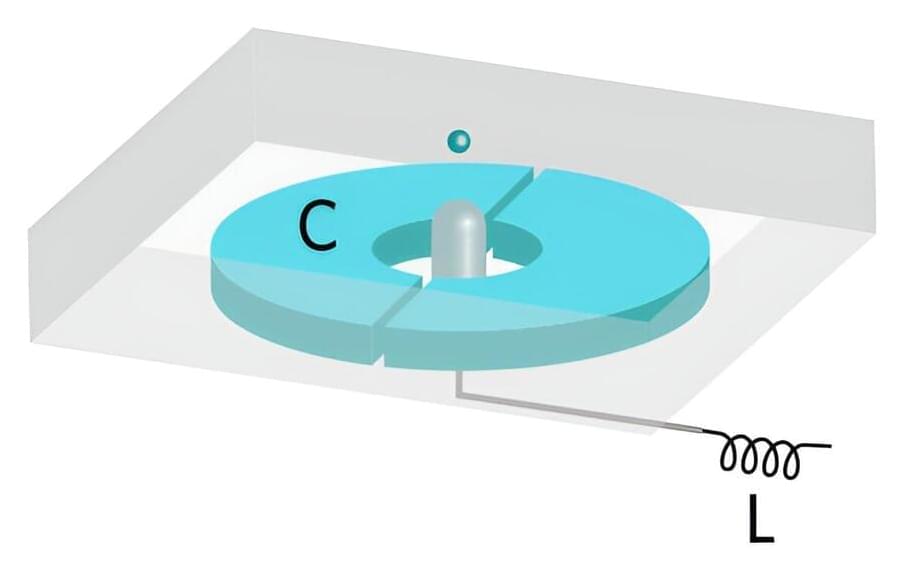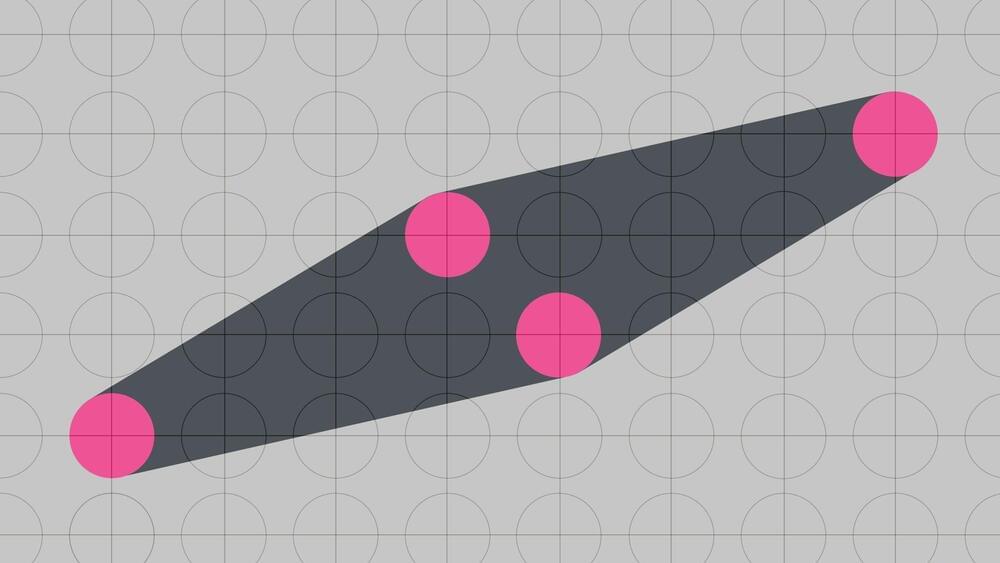In recent years, technology’s allure has drawn in an increasing number of individuals, promising a faster and easier life. Now, some pioneers are venturing a step further, merging their bodies with technology to enhance their capabilities and extend their sensory perception, giving rise to real-life cyborgs.
Absolute Documentaries brings you the best of entertaining and fascinating documentaries for free. Whether you’re into true crime, stories from around the world, family and social life, science or psychology, we’ve got you covered with must-see full-length documentaries every week.
Subscribe for more premium documentaries: https://bit.ly/AbsoluteDocumentariesY…
From: Cyborgs: Human Machines.
Content licensed from Autentic GmBH to Little Dot Studios. Any queries, please contact us at:
[email protected]







